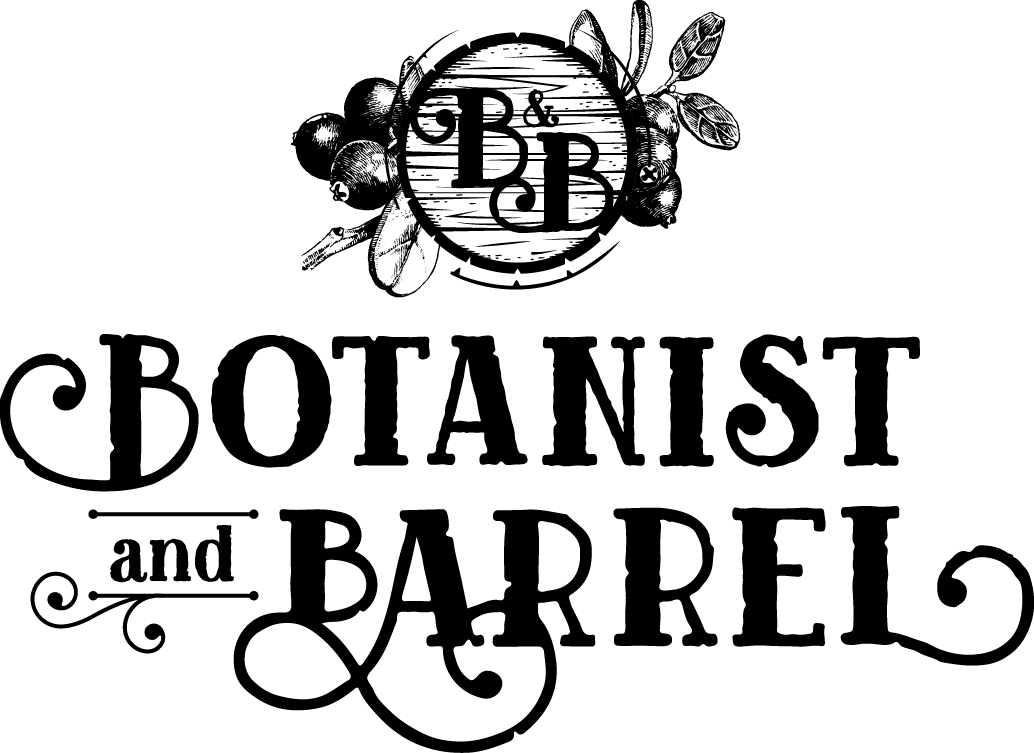Shake it Up or Steady & Slow: To Lees or not to Lees
Lees /lēz/ noun
Def: deposits of insoluble matter (dead yeast & other particles) that settles in wine/cider after fermentation and aging; sediment; dregs.
Before we even get into the best way to serve lees (or not serve lees), let's look at what causes lees and why we see it in natural wines and ciders more often than not. Lees are just the left over sediment of dead yeast and personally I love seeing them in a bottle. It looks suspicious or scary to some, but it is a beautiful part of the fermentation cycle. It also adds a creaminess and luxuriousness to wines and ciders that I really enjoy. In winemaking, many white wines and ciders are intentionally left to age on lees. The technical term for this is called “sur lie” or lees aging. This technique adds complexity, mouthfeel and structure. Any wine or cider that is bottle conditioned, methode ancestral or method traditional, will have lees as they are fermenting inside the bottle and the dead yeast cells will simply fall to the bottom. At Botanist & Barrel every cider and wine that we produce with bubbles, is bottle conditioned or methode ancestral (also called pet nat or petillant natural). Which is why you will see some amount of lees in almost every single bottle and can we make. Lees can be removed through filtration, but filtration also strips other compounds, which contribute to flavor. At Botanist & Barrel we do not filter, ever (we also don't fine or pastureize our ciders or wines.)
Okay! The technical part is over, so now onto How Do I Serve It Properly.
There are two schools of thought here. The first is to leave the lees behind. Lees, if left at the bottom of the bottle for the last few sips will come out gunky and it will be a thicker texture as you drink. This is why many people choose to leave them behind in the bottle, not realizing that you can gently rock the bottle to uniformly spread the lees out amongst all the pours. This is how I serve wines and ciders with lees. It's simple. Just give the bottle a few gentle flips, and then serve. Easy!
If you just don't like the extra texture of the lees, (like my better half) the best way to leave it behind in the bottle is to make sure the cider is stored upright for a few days and before serving put the bottle in a water and ice bath for 15 minutes. This helps keep the lees solid at the bottom of the bottle. When you get down to the end of the bottle pour very slowly and carefully to not serve the last last half ounce or so. With older bottles of wine with lots of sediment or with a darker green or brown bottle you’ll probably want to use a decanter and a flashlight so you can see when the sediment starts to move into the neck and stop pouring.
If you are not sure if you like lees, TRY BOTH, and see what you prefer!!

